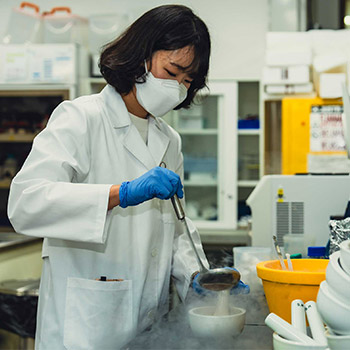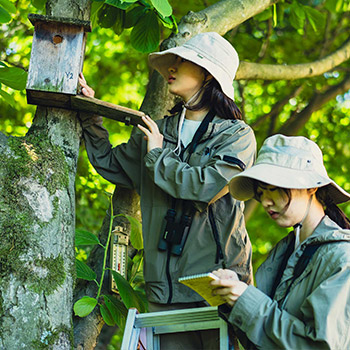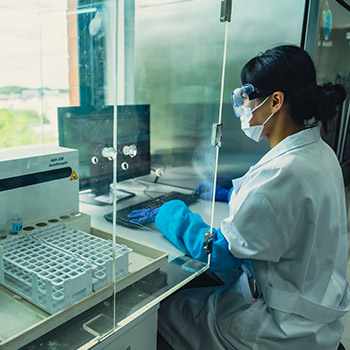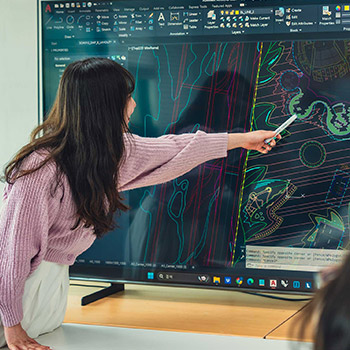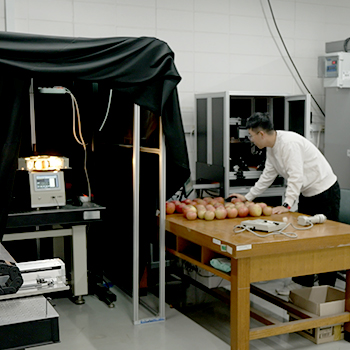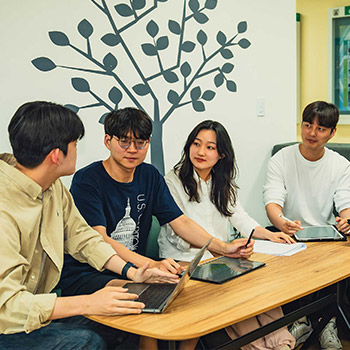Development of biomimetic spinning process for artificial silk production
Professor Ki Hoon Lee's research team from the Department of Agriculture, Forestry, and Bioresources at SNU developed a biomimetic spinning process by leveraging silk fibroin's liquid-liquid phase separation, followed by acidification and shear force to produce fibers.

Many studies have tried to comprehend and replicate the natural silk spinning process due to its energy-efficient and eco-friendly process. In contrast to the spider silk, the mechanisms of how silkworm silk fibroin (SF) undergoes liquid–liquid phase separation (LLPS) concerning the various environmental factors in the silk glands or how the SF coacervates transform into fibers remain unexplored.
Here, we show that calcium ions, among the most abundant metal ions inside the silk glands, induce LLPS of SF under macromolecular crowded conditions by increasing both hydrophobic and electrostatic interactions between SF. Furthermore, SF coacervates assembled and further developed into fibrils under acidification and shear force.
Finally, we prepared SF fibers using a pultrusion-based dry spinning mirroring the natural silk spinning system. Unlike previous artificial spinning methods requiring concentrated solutions or harsh solvents, our process uses a less concentrated aqueous SF solution and minimal shear force, offering a biomimetic approach to fiber production.





